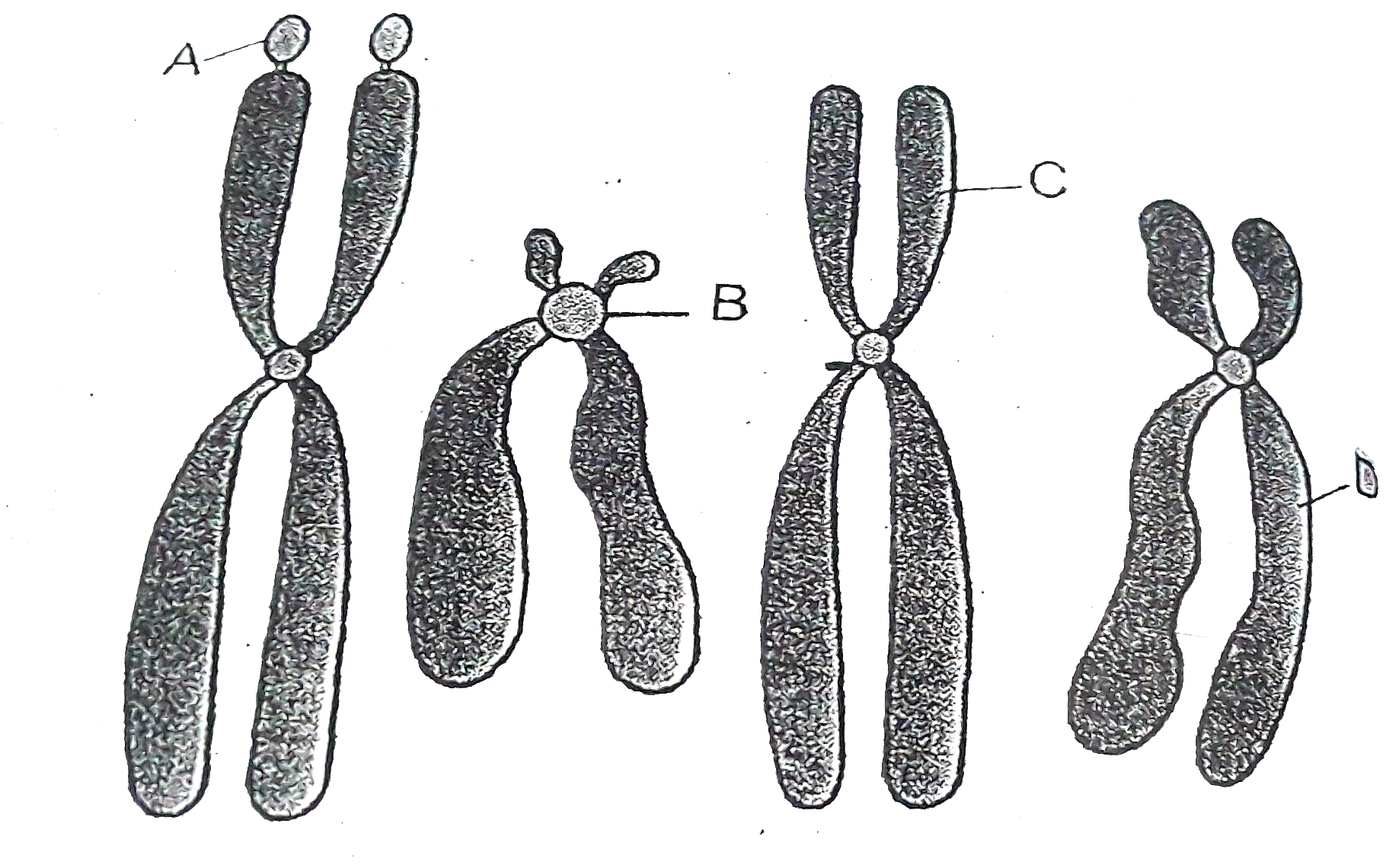The smallest aldehyde and its next homologue are treated with NH2OH to form oxime. Find out the correct answer out of the following.
Two different oximes are formed
Three different oximes are formed.
Two oximes are optically active.
All oximes are optically active.
The correct Answer is:B
To solve the problem, we need to identify the smallest aldehyde and its next homologue, treat them with hydroxylamine (NH₂OH) to form oximes, and analyze the properties of the resulting oximes.
1. Identify the Smallest Aldehyde:
- The smallest aldehyde is formaldehyde, which has the chemical formula HCHO.
2. Identify the Next Homologue:
- The next homologue of formaldehyde is acetaldehyde, which has the chemical formula CH₃CHO.
3. React with Hydroxylamine:
- When formaldehyde (HCHO) reacts with hydroxylamine (NH₂OH), it forms an oxime. The reaction can be represented as:
HCHO+NH2OH→C=N-OH+H2O
- The oxime formed from formaldehyde is hydroxymethyl oxime (H₂C=NOH).
4. Draw the Structure of the Oxime:
- The structure of the oxime formed from formaldehyde is:
H2C=NOH
5. React Acetaldehyde with Hydroxylamine:
- When acetaldehyde (CH₃CHO) reacts with hydroxylamine, it also forms an oxime:
CH3CHO+NH2OH→C(CH3)=N-OH+H2O
- The oxime formed from acetaldehyde is CH₃C(=NOH)H.
6. Draw the Structure of the Oxime:
- The structure of the oxime formed from acetaldehyde can be represented as:
CH3C=NOH
7. Analyze the Oximes for Chirality:
- The oxime from formaldehyde (H₂C=NOH) is not chiral because it has two identical hydrogen atoms attached to the carbon.
- The oxime from acetaldehyde (CH₃C=NOH) can exist in two configurations: E and Z.
- The Z configuration has the CH₃ and OH groups on the same side, making it chiral and optically active.
- The E configuration has the CH₃ and OH groups on opposite sides, making it achiral and optically inactive.
8. Count the Different Oximes:
- From the above analysis, we have:
- One oxime from formaldehyde (not optically active).
- Two forms (E and Z) from acetaldehyde (one of which is optically active).
- Therefore, we have a total of three different oximes.
9. Conclusion:
- The correct answer is that there are three different oximes formed, and only one of them is optically active.
Final Answer:
The correct option is three different oximes, with one being optically active.
- The smallest aldehyde is formaldehyde, which has the chemical formula HCHO.
- The next homologue of formaldehyde is acetaldehyde, which has the chemical formula CH₃CHO.
- When formaldehyde (HCHO) reacts with hydroxylamine (NH₂OH), it forms an oxime. The reaction can be represented as:
HCHO+NH2OH→C=N-OH+H2O
- The oxime formed from formaldehyde is hydroxymethyl oxime (H₂C=NOH).
- The structure of the oxime formed from formaldehyde is:
H2C=NOH
- When acetaldehyde (CH₃CHO) reacts with hydroxylamine, it also forms an oxime:
CH3CHO+NH2OH→C(CH3)=N-OH+H2O
- The oxime formed from acetaldehyde is CH₃C(=NOH)H.
- The structure of the oxime formed from acetaldehyde can be represented as:
CH3C=NOH
- The oxime from formaldehyde (H₂C=NOH) is not chiral because it has two identical hydrogen atoms attached to the carbon.
- The oxime from acetaldehyde (CH₃C=NOH) can exist in two configurations: E and Z.
- The Z configuration has the CH₃ and OH groups on the same side, making it chiral and optically active.
- The E configuration has the CH₃ and OH groups on opposite sides, making it achiral and optically inactive.
- From the above analysis, we have:
- One oxime from formaldehyde (not optically active).
- Two forms (E and Z) from acetaldehyde (one of which is optically active).
- Therefore, we have a total of three different oximes.
- The correct answer is that there are three different oximes formed, and only one of them is optically active.
The correct option is three different oximes, with one being optically active.
Topper's Solved these Questions
- ISOMERISMBOOK - CENGAGE CHEMISTRY ENGLISHCHAPTER - ISOMERISMEXERCISE - Assertion-Reasoning Type (Exercise)
5 Videos
- ISOMERISMBOOK - CENGAGE CHEMISTRY ENGLISHCHAPTER - ISOMERISMEXERCISE - Fill in the blanks (Exercise)
3 Videos
- ISOMERISMBOOK - CENGAGE CHEMISTRY ENGLISHCHAPTER - ISOMERISMEXERCISE - Single correct answer type
13 Videos
- IONIC EQUILIBRIUMBOOK - CENGAGE CHEMISTRY ENGLISHCHAPTER - IONIC EQUILIBRIUMEXERCISE - Archives Subjective
28 Videos
- NCERT BASED EXERCISEBOOK - CENGAGE CHEMISTRY ENGLISHCHAPTER - NCERT BASED EXERCISEEXERCISE - Chemical Equilibrium
73 Videos
Similar Questions
The smallest ketone and its next homologue are reacted with NH2OH to form oxime.
View SolutionFind out the correct statement in the following
View SolutionFind out the correct match from the following
View SolutionFind out the correct match from the following table:

View SolutionFind out the correct match from the following table :−

View SolutionFind out the correct match from the following table :−

View SolutionFind out the correct match from the following table :−

View SolutionMatch the columns and find out the correct answer

View SolutionFind out rank correlation form the following data:

View SolutionFind out the correct .option on the basis following diagrams

View Solution
